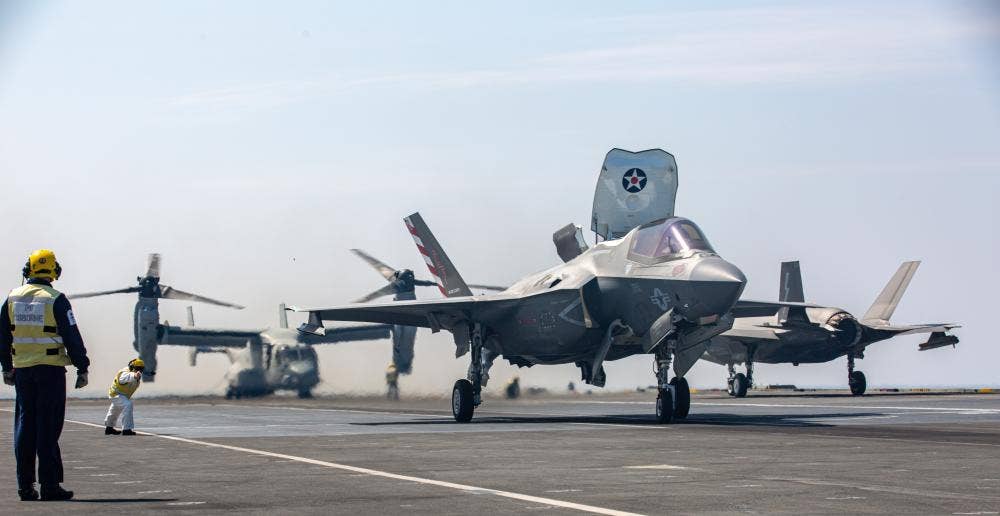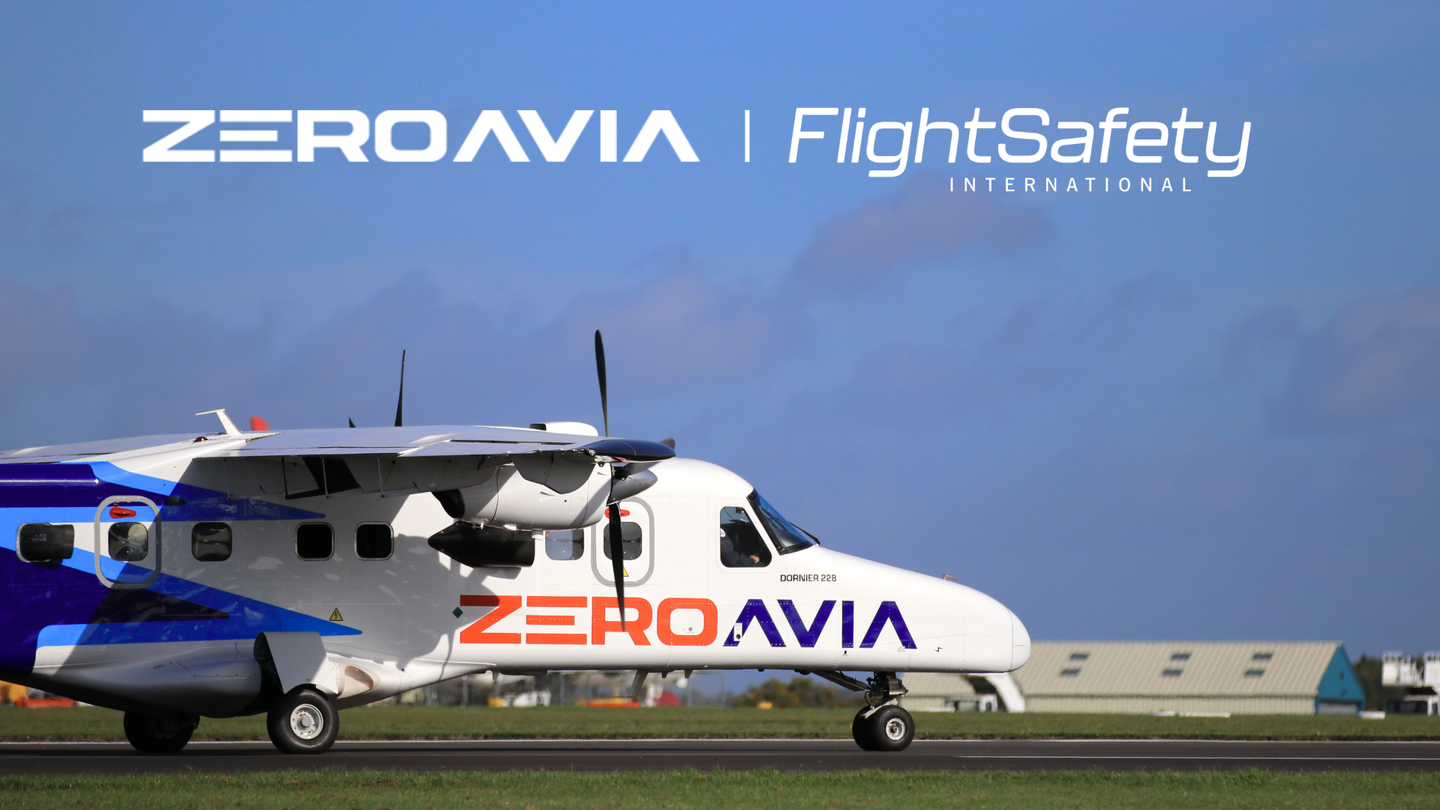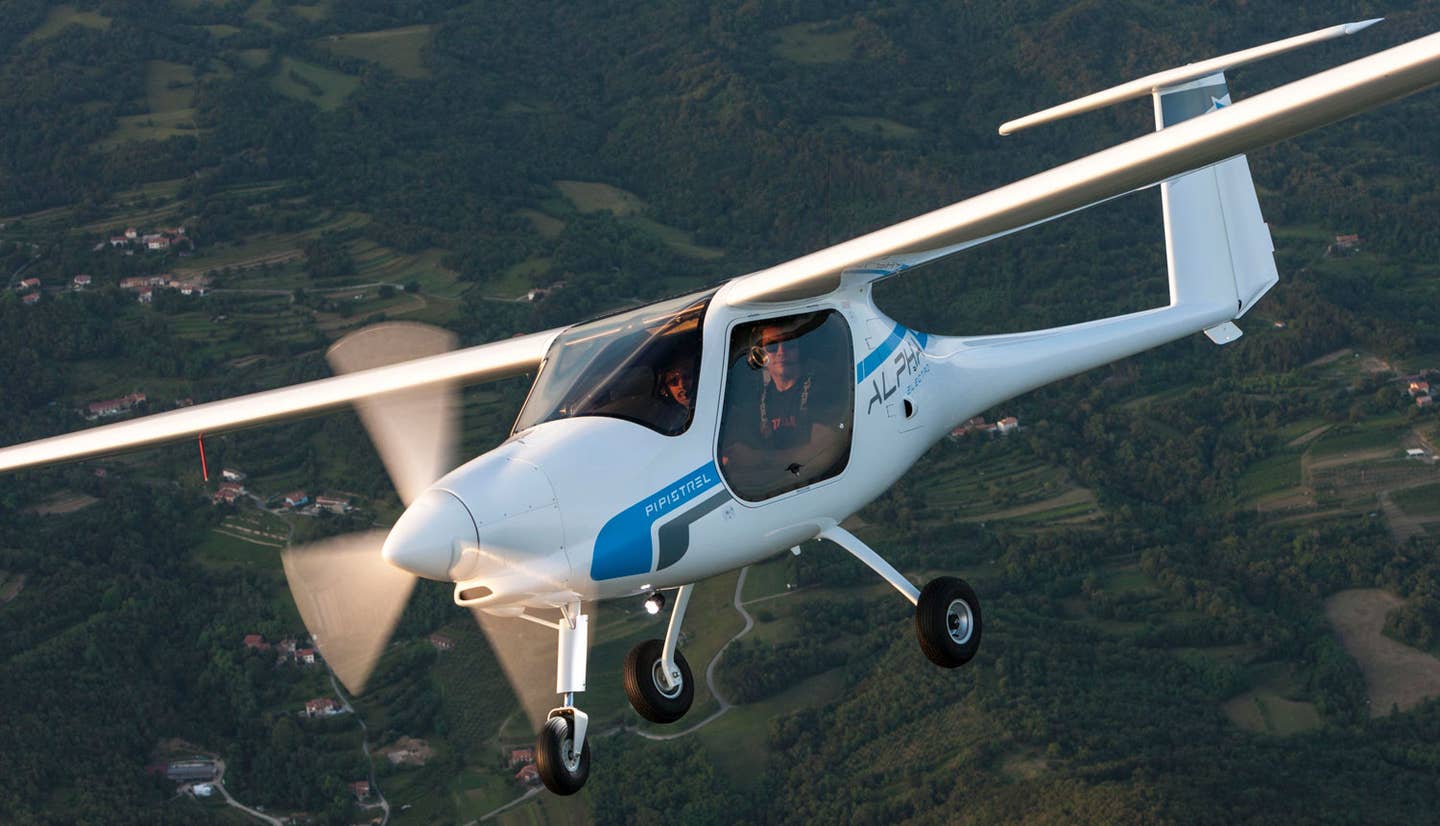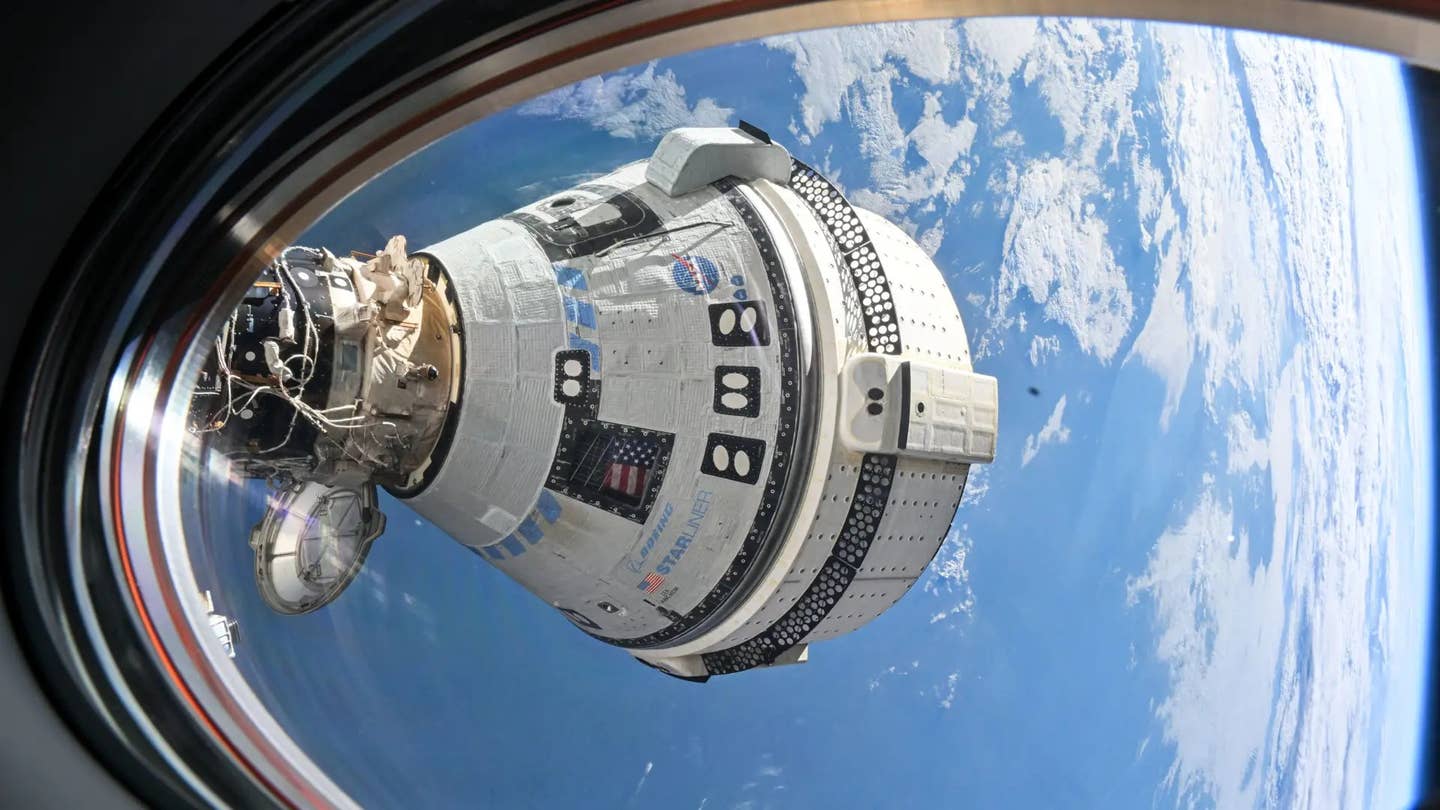F-35B Cross-Deck Ops Affirm Aircraft Interoperability
A recent exercise in the Arabian Sea demonstrates a strategic advantage for both the U.S. and U.K., military leadership said.

U.S. Marines flying an MV-22B Osprey attached to Marine Medium Tiltrotor Squadron 165 (Reinforced), 11th Marine Expeditionary Unit, conduct carrier deck landings on HMS Queen Elizabeth while a Marine with Marine Fighter Attack Squadron (VMFA211) 211 prepares to launch from the flight deck in the Arabian Sea on November 8, 2021. Credit: 1st Lt. Zachary Bodner
Recent cross-deck operations launching U.S. Marine Corps F-35B Lightning IIs from a British aircraft carrier underscore the value of interoperability among allied carriers, according to U.S. and U.K. military leadership.
During a November 8 exercise in the Arabian Sea, Marine Fighter Attack Squadron (VMFA) 21 cross-decked F35Bs between the HMS Queen Elizabeth aircraft carrier to the USS Essex, an amphibious assault ship.
In a simultaneous operation, AH-1Z Viper and MV-22B Osprey aircraft attached to Marine Medium Tiltrotor Squadron (VMM) 165 (Reinforced), 11th Marine Expeditionary Unit also landed on the carrier.
The operations demonstrated increased interoperability and expanded access in the region among allies, while also extending F-35B range and flight time at a time when the U.S. maritime forces are leaning into Distributed Maritime Operations (DMO).
“The evolution underscored our continued effort to shift away from static, built-up airfields towards [DMO],” U.S. Marine Corps Brig. Gen. Simon Doran, U.S. senior national representative to the U.K. Carrier Strike Group (CSG), said in a statement.
“Doing so as part of the United Kingdom Carrier Strike Group 21 strengthens our alliances and partnerships through the development of interoperable capabilities, combined operations, theater security cooperation, and capacity-building efforts.”
The cross-decking exercise also illustrated the strategic value of F-35 capable allied carriers, said one U.K. commander.
“The fact the U.S. and the U.K. can operate their fifth-generation jets and other aircraft from the same deck at the same time is a huge strategic advantage for both countries,” Royal Navy Commodore Steve Moorhouse, commander of the U.K. CSG, said in a statement.
The exercises marked the latest in a series of international demonstrations of interoperability. In recent months, the Marine Corps has landed F-35Bs on Italian aircraft carrier ITS Cavour (CVH 550), as well as the Japanese Ship Izumo, a helicopter carrier that was modified to enable the F-35B variant’s short take-off and vertical landings (STOVL).
Earlier last month, Marine Fighter Attack Squadron 242 landed two F-35Bs aboard JS Izumo at the request of the Japan Maritime Self-Defense Force (JMSDF).
“This trial has proved that the JS Izumo has the capability to support takeoffs and landings of STOVL aircraft at sea, which will allow us to provide an additional option for air defense in the Pacific Ocean in the near future,” JMSDF Rear Adm. Shukaku Komuta, commander of Escort Flotilla One, said in a statement following the Oct. 3 exercise.
In 2019, Japan purchased 42 F-35B aircraft, making it one of 14 counties participating in the F-35 Lightning II Joint Strike Fighter program.
The purchase is significant for the country that has not operated an aircraft carrier in more than 75 years, according to the Marines.
“We have the utmost confidence in the Joint Strike Fighter and are eager for our Japanese allies to have the same capabilities in their hands, which ultimately contributes to our shared goal of maintaining a free and open Indo-Pacific,” said Maj. Gen. Brian W. Cavanaugh, 1st Marine Aircraft Wing commanding general.

Sign-up for newsletters & special offers!
Get the latest FLYING stories & special offers delivered directly to your inbox






